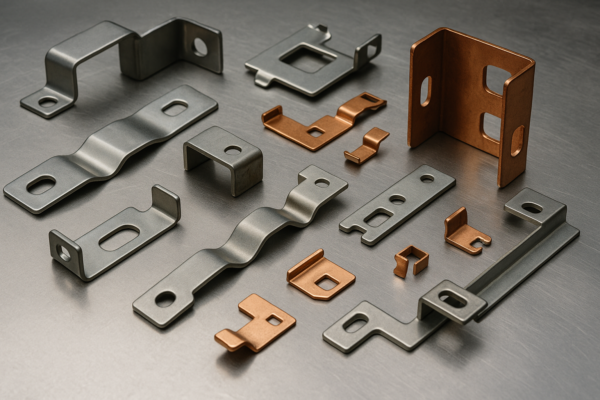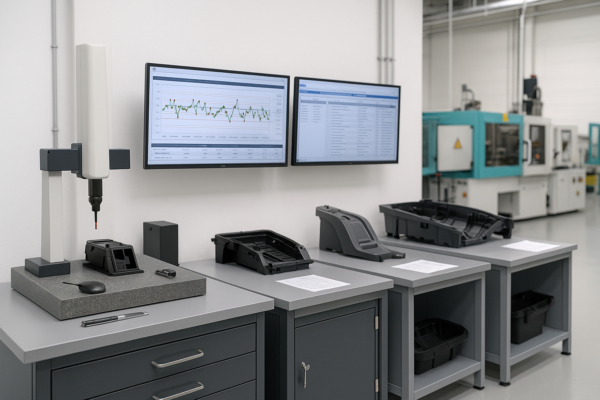TEMPLATE_START
What is a plastic wall called?

Plastic walls are gaining popularity in modern interior design and construction due to their versatility, ease of installation, and resistance to moisture. These walls offer a durable, low-maintenance alternative to traditional building materials like drywall and wood, especially in areas that experience high humidity. This article delves into the various types of plastic walls, their benefits, and how they compare to drywall and other building materials.
Snippet paragraph: Plastic walls provide a durable, moisture-resistant solution for both residential and commercial spaces. Learn about their types, installation, and costs.
Transition paragraph: Keep reading to explore the pros and cons of plastic walls and understand how they can fit into your next project.
LOOP_START
Are PVC wall panels cheaper than drywall?
When comparing the cost of PVC wall panels to traditional drywall, several factors come into play. PVC panels can often be a cheaper alternative in certain cases, but there are also instances where drywall might be the more cost-effective option. The material cost, installation requirements, and desired finishes all contribute to the final price of the project.
Snippet paragraph: PVC wall panels may offer cost savings over drywall, depending on installation complexity and the desired finish.

Dive-Deeper paragraph: PVC wall panels are typically less expensive than drywall when considering their ease of installation. Unlike drywall, which requires taping, mudding, and painting, PVC panels often click together with minimal effort, reducing both material and labor costs. These panels are also moisture-resistant, making them ideal for areas prone to humidity, such as bathrooms, kitchens, and basements. However, the upfront cost of PVC panels can be higher than drywall, particularly when choosing high-end finishes or specialized designs. On the other hand, drywall is generally more affordable in terms of the material itself, but the labor required for installation and finishing adds to the total cost of the project.
Moreover, PVC wall panels can often outlast drywall in high-moisture environments, reducing the need for frequent repairs or repainting. This durability and low maintenance make them a worthwhile investment for certain applications, especially in commercial spaces or locations that experience high levels of foot traffic.
Comparing the Costs: PVC vs Drywall
| Feature | PVC Wall Panels | Drywall |
|---|---|---|
| Material Cost | Can be cheaper depending on the style | Generally cheaper material cost |
| Installation Cost | Lower due to easier installation | Higher due to the need for finishing |
| Durability | Highly resistant to moisture and damage | Susceptible to water damage and wear |
| Maintenance | Easy to clean, low maintenance | Requires repainting or repairs over time |
| Aesthetic Appeal | Limited by plastic appearance but customizable | Smooth, refined surface, but can be damaged easily |
LOOP_END
What is the plastic alternative to drywall?
If you are considering a plastic alternative to drywall, PVC wall panels are an excellent option. These panels offer all the benefits of plastic, including resistance to moisture, ease of cleaning, and durability, while still providing the aesthetic appeal of traditional wall finishes. PVC panels are also lightweight, making them easy to install, and they come in a variety of finishes, including smooth, textured, and patterned designs.
Snippet paragraph: PVC wall panels are a practical, moisture-resistant plastic alternative to drywall, available in a range of finishes.

Dive-Deeper paragraph: PVC wall panels are an ideal alternative to drywall in environments that require extra moisture resistance, such as kitchens, bathrooms, and commercial spaces. Unlike drywall, which can be easily damaged by water and humidity, PVC panels remain intact and unaffected in these conditions. Furthermore, PVC panels do not need to be painted or treated, making them an easier option to maintain over time. The panels are often available in a variety of colors and textures, allowing for customization that suits different interior design themes.
However, while PVC panels offer several advantages, they are not without their limitations. The appearance of PVC may not be suitable for all design styles. While modern, sleek, and contemporary interiors can benefit from the smooth finish of PVC panels, more traditional or rustic interiors may prefer the timeless look of drywall or wood. Additionally, PVC panels are not as easy to repair as drywall. If a panel becomes damaged, it may need to be replaced entirely, which can be more expensive than patching a hole in drywall.
Key Benefits of PVC Panels
| Benefit | Explanation |
|---|---|
| Moisture Resistance | Ideal for areas with high humidity and moisture |
| Durability | Strong and long-lasting, resistant to cracking and wear |
| Easy Installation | Faster and simpler installation process |
| Customization Options | Available in various colors and textures, allowing for design flexibility |
| Low Maintenance | Easy to clean and maintain over time |
LOOP_END
What is the new product instead of drywall?
The construction industry is increasingly moving toward new products that offer enhanced durability, water resistance, and ease of installation compared to traditional drywall. One such product is fiberglass-reinforced plastic panels. These panels combine the strength of fiberglass with the flexibility and resistance of plastic, making them an excellent alternative to drywall in environments prone to high humidity or heavy use.
Snippet paragraph: Fiberglass-reinforced panels are an innovative, water-resistant alternative to drywall, perfect for high-moisture areas.

Dive-Deeper paragraph: Fiberglass panels offer several advantages over drywall, particularly in commercial, industrial, and residential applications. They are lighter and easier to handle, reducing labor costs during installation. Additionally, fiberglass panels do not require the extensive finishing process that drywall does, making the installation process quicker and more efficient. These panels are also resistant to mold, mildew, and other environmental factors that can cause damage to drywall over time. This makes them a long-lasting solution for areas like bathrooms, kitchens, and even outdoor spaces.
However, fiberglass panels can be more expensive than drywall, both in terms of material cost and installation. The upfront investment may be higher, but the long-term savings in maintenance and durability can make fiberglass panels a cost-effective choice over time. Furthermore, while fiberglass panels are highly durable, they can be more difficult to repair compared to drywall. Damaged fiberglass panels may require a complete replacement, whereas drywall can often be patched with ease.
Comparing Fiberglass to Drywall
| Feature | Fiberglass Wall Panels | Drywall |
|---|---|---|
| Durability | Extremely durable and resistant to cracking | Prone to dents, cracks, and water damage |
| Moisture Resistance | Excellent moisture and mold resistance | Vulnerable to mold and water damage |
| Weight | Lighter and easier to install | Heavier and more difficult to handle |
| Installation | Requires less time and effort | Requires more time and labor for finishing |
| Cost | Higher initial cost, but long-term savings | More affordable in initial material cost |
LOOP_END
What are decorative wall panels called?
Decorative wall panels, also known as wall cladding, can be made from a variety of materials, including wood, metal, and plastic. Plastic panels are particularly popular for their ability to mimic the appearance of natural materials like wood or stone while offering the durability and ease of installation associated with plastic. These panels are often used to enhance the aesthetic appeal of both residential and commercial spaces.
Snippet paragraph: Decorative wall panels, or wall cladding, are a great way to enhance the appearance of a room with plastic materials offering durability and low maintenance.

Dive-Deeper paragraph: Plastic decorative wall panels are increasingly used in modern interior design because of their versatility and practicality. These panels can create the look of natural materials like wood, stone, or brick without the cost and maintenance associated with real wood or stone. They are often used in both residential and commercial spaces, adding visual interest and texture to a wall. Plastic panels are also more durable and resistant to moisture than their natural counterparts, making them ideal for use in bathrooms, kitchens, and other high-humidity areas.
One of the main advantages of using plastic for decorative wall panels is its ease of installation. Unlike traditional materials like drywall or wood, plastic panels are lightweight and easy to handle, reducing installation time and costs. Furthermore, plastic panels are often designed to be easy to clean and maintain, requiring little more than a quick wipe-down to keep them looking fresh. However, the downside to plastic panels is that they may not offer the same high-end appeal as more expensive materials like real wood or stone.
Popular Types of Decorative Wall Panels
| Panel Type | Features |
|---|---|
| Faux Wood Panels | Mimics the look of natural wood without the upkeep |
| Stone-Look Panels | Offers a luxurious appearance similar to natural stone |
| 3D Textured Panels | Adds depth and visual interest to a wall |
| Smooth Plastic Panels | Sleek, modern design that is easy to clean |
| Eco-Friendly Panels | Made from recycled materials, sustainable choice |
LOOP_END
Conclusion
Plastic walls, including PVC and fiberglass panels, provide durable, moisture-resistant, and cost-effective alternatives to traditional drywall. Their ease of installation and low maintenance make them ideal for a variety of applications.
TEMPLATE_END







